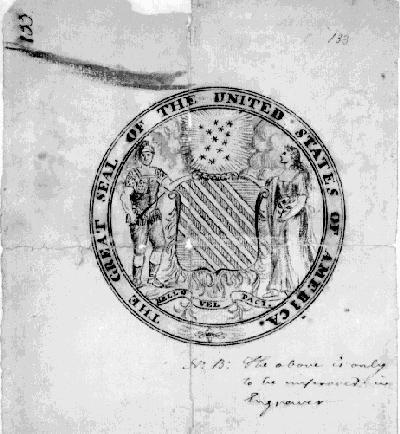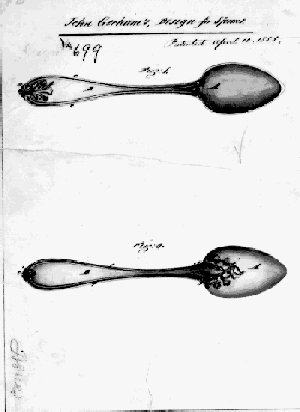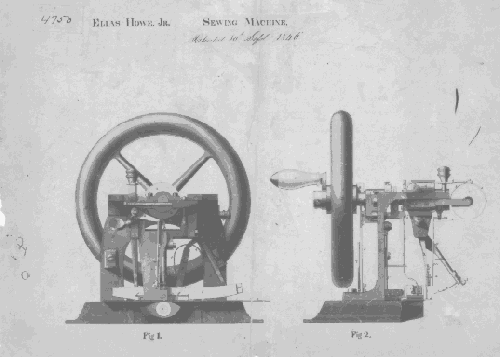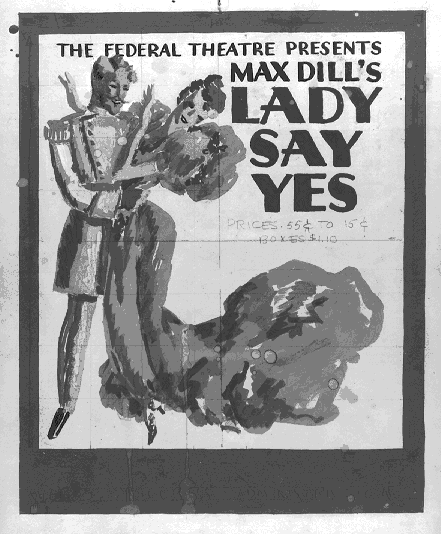
The Record - January 1998
Designs for Democracy: 200 Years of Drawings from the National Archives
Over the course of its history, the United States government has prepared, commissioned, received, or approved designs for millions of objects. These objects
range in size from minuscule to mammoth, from chandelier lamps to expansion bridges. The design for each of these objects was created in response to a specific Federal policy or program and reflects the diversity and creativity that forms the core of the American character.
Nearly 100 of these drawings will be on display in "Designs for Democracy," a major exhibition in the Circular Gallery of the National Archives Building that opens to the public on March 13, 1998.
These designs were originally created to support military objectives, provide civilian services, and .facilitate the conduct of government business. As a result, drawings can be found among NARA's records of a great many Federal agencies. "Designs for Democracy" highlights some of the essential evidence representing 200 years of Federal design.
"Designs for Democracy" includes elegant watercolors, exquisite ink and wash drawings, bold charcoal and pencil sketches, and finely executed engineering details that were created by professional artists, engineers, inventors, draftsmen, or graphic artists a few were submitted by inspired citizens. While some bear the signature of a well-known designer, many the imprimatur of an approving Federal official, often they are unsigned and their creator remains unknown.
Sketch of the Great Seal
Although Francis Hopkinson's 1780 design for the Great Seal of the United States
was not accepted, several of its components were incorporated into the approved
design of 1782. Hopkinson introduced the arrow and olive branch as symbols of
war and peace. He also suggested the red, white and blue colors for the shield.

By Francis Hopkinson, May 10, 1780
Pencil and ink on paper
Records of the Department of State
Design for Spoons
John Gorham applied for a design patent for his pattern of decoration for a spoon. This type of patent is issued for artistic ornamentation of manufactured objects.

By John Gorham
Patent granted April 10, 1855
Watercolor and wash on paper
Records of the Patent and Trademark Office
Sewing Machine
Howe's invention employed an upper (needle) and a lower (shuttle) thread to form each stitch. He claimed it could sew 250 stitches a minute. Invention of the sewing machine revolutionized the textile and garment industries. This is one of several drawings of the locksmith sewing machine Howe submitted to the Patent Office.

By Elias Howe
Patent granted September 10, 1846
Ink and wash on paper
Poster Design
Federal Theatre Project posters were often designed and printed by the Federal Art Project. Art Project workers developed a variation of the silkscreen process, which allowed for mass-produced paper copies from the original design. The technique enabled the Poster Division to print more than 2 million posters for the Theatre Project as well as for other federal, state, and local government agencies.

By an unknown artist for the Federal Art Project
Works Progress Administration, 1937
Gouache on paper board